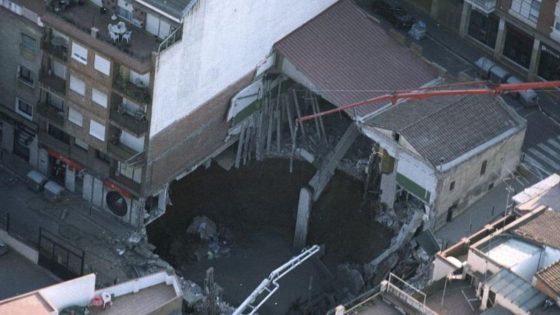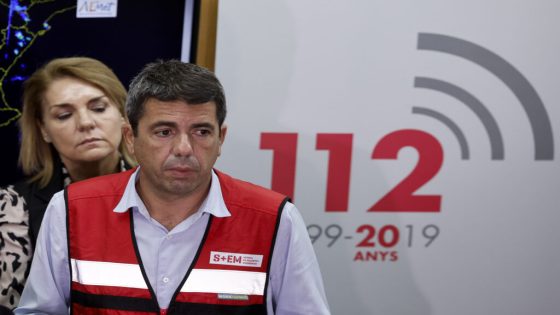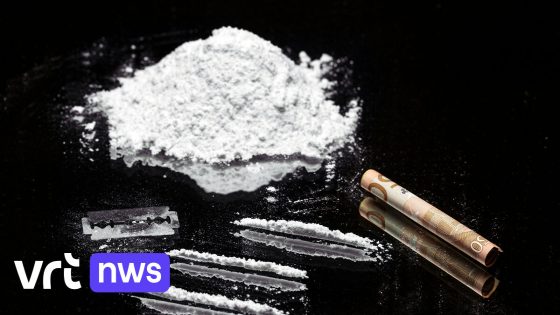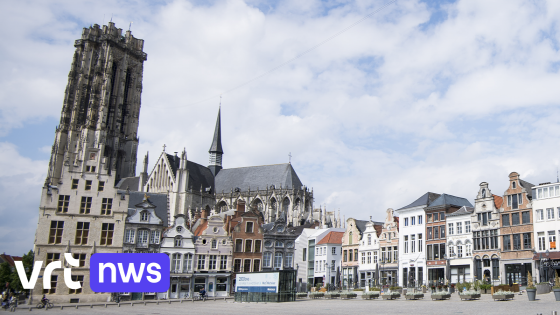On January 27, 2005, the Carmel metro construction disaster shocked the community. This tragic event left over 1,200 residents homeless for months, forcing them into hotels and family homes. How can a neighborhood recover from such a loss? Even after 20 years, the scars remain, reminding locals of that fateful day.
- Two decades since the Carmel metro collapse
- Over 1,200 people lost their homes
- Final costs reached 80 million euros
- Improved mobility post-collapse in the neighborhood
- Community division between residents and merchants
- Lack of accountability for the disaster
Remembering the Carmel Metro Disaster: A Community’s Struggle and Resilience
How does a community heal from a disaster that changed lives forever? The Carmel metro disaster serves as a poignant reminder of the fragility of urban life. Residents still reflect on the fear and uncertainty that followed the collapse.
Impact of the Carmel Collapse on Residents and Local Businesses
The Carmel disaster not only displaced families but also disrupted local businesses. Many residents felt the long-term effects, as shops struggled to survive without their loyal customers. The community faced a significant transformation.
Community Reactions to the Disaster’s Aftermath
Residents express mixed feelings about the changes in their neighborhood. While some appreciate the improved infrastructure, others mourn the loss of their homes and community ties.
- Over 1,200 residents lost their homes temporarily.
- Local businesses faced declines in foot traffic.
- Many families still carry emotional scars from the event.
- Improvements in public transport have benefited the area.
Lessons Learned from the Carmel Metro Incident
The Carmel disaster serves as a crucial lesson in urban planning and safety. It highlights the importance of thorough assessments before construction begins. Communities must advocate for stronger regulations to prevent future tragedies.
In conclusion, the Carmel metro disaster remains a significant part of the neighborhood’s history. As the community continues to rebuild, it serves as a reminder of resilience and the importance of safety in urban development.
































